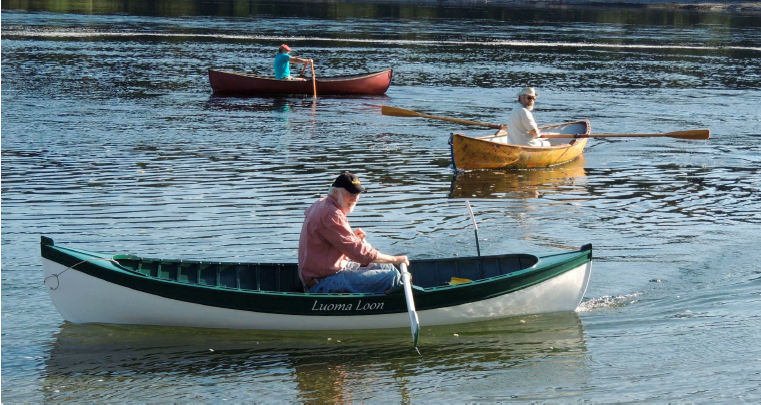Yet so frequently we are presented with only one standardized model of history. For example, the twentieth-century North American schoolroom staple “Christopher Colombus discovered America in 1492” is obviously very problematic and ignores major historical complexities, power relations, indigenous groups, and so on. But that’s an entirely different issue that I won’t get into, lest I deviate from discussing the history of the Sunshine Coast. The history of European settlers in Gibsons Landing is fascinating. Can you imagine being George Gibson and his sons, swept into what would become Gibsons Landing as refuge from a storm? How about being the only physician on the Sunshine Coast, as Dr. Inglis was? Or experiencing the origins of J.S. Woodsworth’s socialist ideology? (All of these fun stories are on our website.) But Gibsons and Inglis and Woodsworth are not the only names of note in Sunshine Coast history, and it’s important that we include others who are talked about less. In April 2014, Kimiko Hawkes wrote an article that is on this blog and that was also published in Coast Life magazine. In her article, she writes about the internment of Japanese-Canadians, but even more so, the difficulties about recovering certain stories from the past.
Appropriately, my major at university is in history. One of my minors is women’s studies, which planted in me a desire to uncover the histories of the women, which are often hidden away. After all, women make up half of the population, and their stories should take up just as much space. One such figure was Helen McCall, whose photography is all throughout our archives. I recommend checking out the page Helen McCall: Pioneer Photographer on the website, as it provides some detail that we do not receive from a simple signature at the bottom of an archival photograph. Helen McCall was many things that could be addressed in any number of ways, but today she interests me in that not only was she a Sunshine Coast woman whose story we have, but she also documented early Coast life in invaluable ways. Without Helen McCall, we would be without many of the stunning archival photographs we have today. Perhaps even more fascinating is the way we can see McCall's life interweave with her work. The very fact that McCall was documenting rural life is a departure from the much better-documented urban lifestyle. Her craft reflected her rural living, as she produced her photographs in a basic darkroom with neither running water nor electricity. From her unique angles and perspectives, we see the influence of a youth spent in a forested environment. McCall's entire self-employment was as a result of necessity, since her husband was disabled from World War One. McCall's use of the postcard medium is indicative of her market and the Sunshine Coast's tourism market in general. She photographed things that were not always recorded, such as senior citizens and local events, thus creating a more comprehensive story of the Sunshine Coast.
Photographs are limited because unlike a diary or other written record, we cannot know the subject's inner thoughts or wishes. McCall's photography reveals, if not inner thoughts, what was of value to the early Sunshine Coast residents. She aimed to photograph things with meaning, and we can follow her work to identify what she, as photographer and a settler woman, found most important. Though she may have seen herself as simply making a living, Helen McCall had the immensely powerful task of shaping our historical memory.
-Emma


 RSS Feed
RSS Feed
